Icon Water is reinventing its processes to generate resources rather than waste products, cultivate circular ecosystems and create new opportunities for the water industry on a national level. Photo: Icon Water.
A new waste renewal experiment is underway in Canberra’s south and, if successful, it promises to help utilities take big strides towards a local circular economy.
This month at its sewage treatment plant in Fyshwick, ACT utility provider Icon Water made another move towards industry sustainability by working to recover important resources usually lost to landfill.
Soil generated from Icon Water’s excavation is reused internally, reducing the need to purchase soil by 80 per cent, but the process is not yet fully circular.
The Soil to Topsoil trial aims to create a permanent complete resource recovery solution.
Part of Nupur Khanna’s job as Icon Water’s sustainability and resource recovery coordinator is to find a second home for waste streams that aren’t currently reused.
“We really want to go the extra mile and reach 100 per cent resource recovery from a soil perspective,” Nupur says.
“We currently buy topsoil to complete our restoration of excavation sites and send waste product generated from our Stromlo and Googong water treatment plants to landfill.
“What if we could turn these two negatives into a positive? It would reduce the impact local waste transportation has on Canberra’s natural environment and allow us to put money saved on soil purchase and waste transport towards bigger, better things.”

Nupur Khanna is responsible for delivering Icon Water’s circular economy and sustainability action plans. Photo: Icon Water.
The Spoil to Topsoil experiment also works towards incorporating FOGO (food organics, garden organics) from ACT green bins as compost.
“We want to convert all three waste streams into fertile topsoil,” she says.
“By combining them successfully, we will divert more waste from landfill, reduce environmental harm and generate a new product for use in-house at the same time.
“It would also minimise costs passed on to our customers and show other Australian industries that complete resource recovery is indeed possible when you spend the time and put in the work to make it happen.”
Fifteen stockpiles are being used: one pile of control soil and 14 varied combinations of soil, agri-ash, water treatment solids and FOGO. Icon Water will sow Canberra turf blend into each and monitor growth to determine which combination is the best quality.
“This experiment will hopefully create a fertile product that furthers our goal to create a localised circular economy for ACT water infrastructure,” Nupur says.
“If successful, we can use Spoil to Topsoil as a road map for other sustainability ventures and will seek approvals to safely roll out a permanent resource recovery solution.”
The Fyshwick experiment is part of eight sustainability initiatives in Icon Water’s award-winning No Opportunity Wasted: Cultivating circular ecosystems and championing water industry innovation campaign:
- Industry-leading waste management plans for all treatment centres
- State-of-the-art digital waste monitoring systems
- Soil enhancer created from reused agri-ash
- Creating top cover and supporting excavation restoration with soil and slurry
- Landscaping material and mud bricks created from recovered water solids
- Recovering glass sand from bottles, jars and containers
- Creating biochar from biosolids and forest residue
- Contributing to ACT container deposit scheme
Kelly Lee from Lanterra Consulting delves a little deeper into the technical considerations of the trial below. Find out more online at Icon Water.













